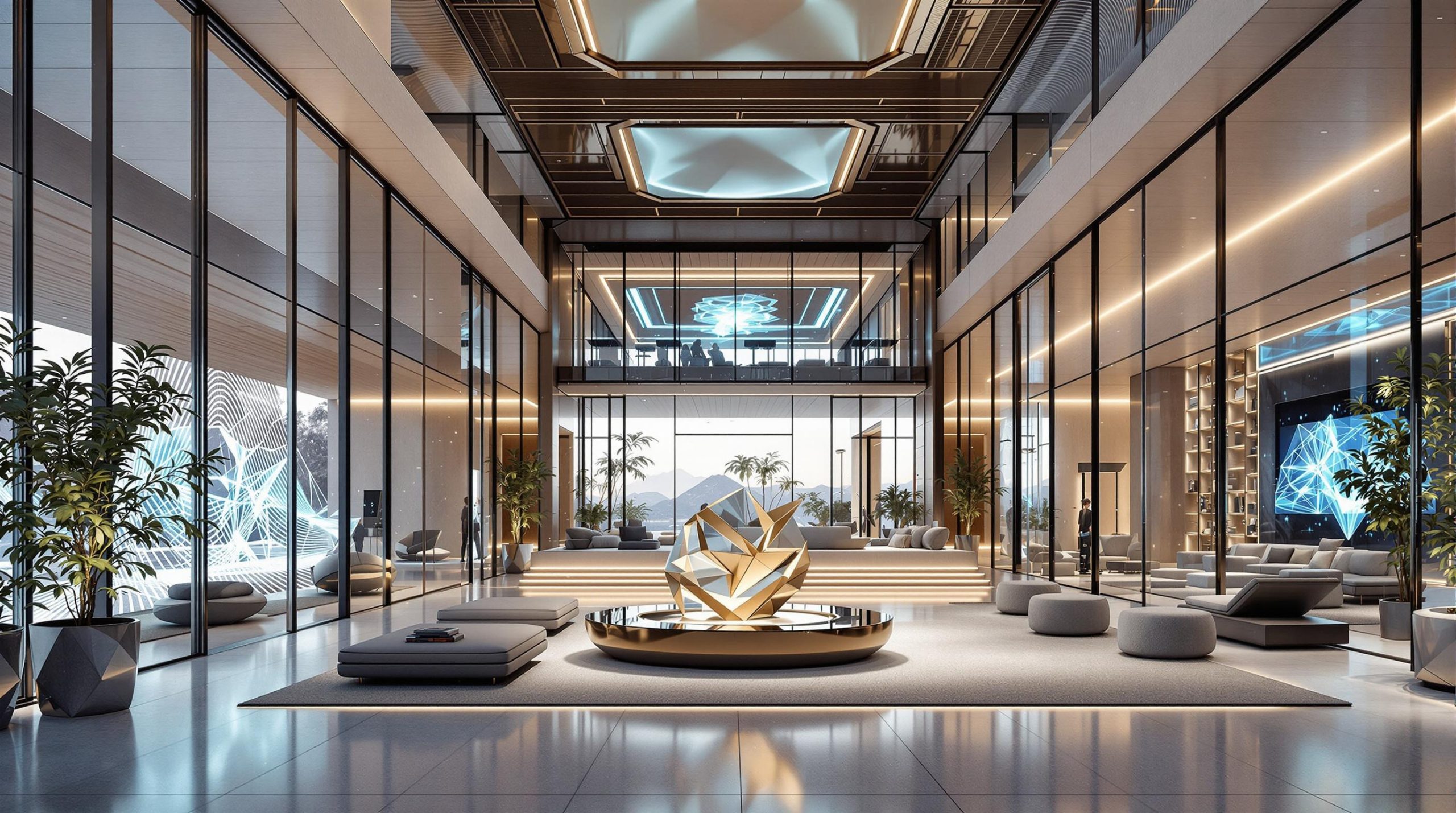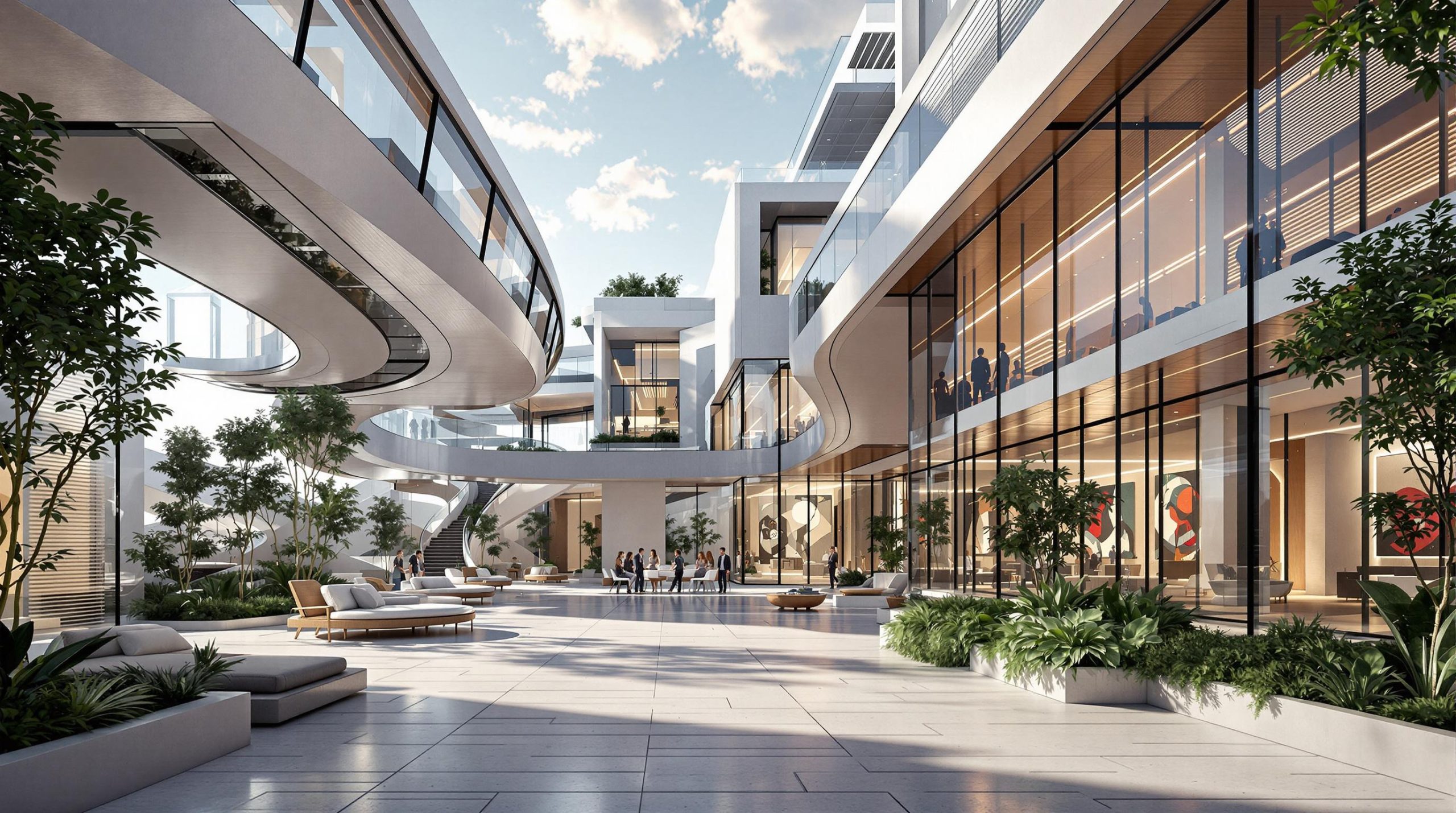Introduction

The worlds of design, architecture, and luxury have evolved dramatically, driven by modern style, artistry, and innovative studios like LAS, Studio LAS, and X Studio. These entities blend functionality with creativity, redefining spaces and objects through imagination and technical precision. This article explores their definitions, historical roots, applications, and trends while addressing their strengths and challenges.
Definitions and Core Concepts
1. Modern Style
Modern style refers to a design philosophy emphasizing simplicity, clean lines, and functionality. It rejects ornate details in favor of minimalism, neutral color palettes, and open spaces. Key materials include glass, steel, and concrete.
2. LAS (Light, Art, Space)
LAS represents a conceptual framework prioritizing the interplay of light, art, and spatial design. It is often associated with studios like Studio LAS, which specialize in creating immersive environments that balance aesthetics and utility.
3. Studio LAS
Studio LAS is a design firm renowned for integrating luxury and artistry into architectural projects. Their work often features bold geometric forms, innovative material use, and a focus on sustainability.
4. X Studio
X Studio is a multidisciplinary studio merging technology, art, and modern style. Their projects range from digital installations to high-end residential designs, often described as “future-forward luxury.”
5. Luxury and Artistry
In this context, luxury transcends materialism—it embodies exclusivity, craftsmanship, and emotional resonance. Artistry refers to the skillful integration of creative expression into functional designs.
Historical Development
The Evolution of Modern Style
- Early 20th Century: The modern style movement emerged alongside Bauhaus and International Style, prioritizing “form follows function.”
- Mid-Century Modern: Post-WWII designers like Eero Saarinen and Charles Eames popularized organic shapes and new materials.
- 21st Century: Today’s modern style incorporates smart technology and biophilic design, as seen in projects by Studio LAS and X Studio.
The Rise of LAS and Studio LAS
- 1990s–2000s: LAS principles gained traction as architects experimented with light manipulation and spatial dynamics.
- 2010s: Studio LAS became a leader in sustainable luxury, using reclaimed materials and energy-efficient systems.
X Studio’s Innovation Trajectory
Founded in 2015, X Studio disrupted traditional design by blending augmented reality (AR), 3D printing, and bespoke craftsmanship. Their showcase projects, such as the “Digital Oasis” installation, highlight the fusion of tech and artistry.
Key Use Cases and Current Trends
Applications of Modern Style and LAS Principles
- Residential Spaces
- Open-plan layouts with floor-to-ceiling windows (a Studio LAS trademark).
-
Smart homes integrating IoT devices for seamless luxury.
-
Commercial Showcases
-
X Studio’s retail spaces use AR mirrors and interactive displays to enhance customer experiences.
-
Public Art Installations
- LAS-inspired sculptures that change appearance under different lighting conditions.
Current Trends
- Sustainable Luxury: Recycled materials and carbon-neutral designs (e.g., Studio LAS’s “Eco-Luxe” series).
- Hybrid Spaces: Homes doubling as galleries or workspaces, reflecting modern style versatility.
- Digital Artistry: NFTs and virtual reality (VR) exhibits, pioneered by X Studio.
Strengths and Challenges
Strengths
- Aesthetic Appeal: Modern style and artistry create timeless, visually striking environments.
- Functionality: Spaces designed by Studio LAS prioritize usability without compromising beauty.
- Innovation: X Studio’s tech-driven approach sets new industry standards.
Challenges
- High Costs: Luxury materials and custom designs can be prohibitively expensive.
- Sustainability Trade-offs: Cutting-edge tech (e.g., 3D printing) may have environmental downsides.
- Market Saturation: The rise of “modern-inspired” imitations dilutes brand uniqueness.
Case Studies and Statistics
Case Study 1: Studio LAS’s “Sky Haus”
- Location: New York City
- Features: A penthouse using retractable glass walls, solar-paneled roofs, and curated art pieces.
- Impact: Reduced energy costs by 40% while achieving a 98% client satisfaction rate.
Case Study 2: X Studio’s “Neon Nexus” Exhibition
- Medium: AR and holographic projections
- Attendance: 50,000+ visitors in three months, with 70% citing “transformative” experiences.
Market Statistics
- The global luxury interior design market is projected to reach $25.3 billion by 2027 (Grand View Research).
- Demand for sustainable materials in design has risen by 62% since 2020 (Statista).
FAQs
Q: How does modern style differ from contemporary design?
A: Modern style refers to a specific mid-20th-century movement, while “contemporary” evolves with current trends.
Q: What makes Studio LAS unique?
A: Their focus on light, art, and space creates cohesive environments that tell a story.
Q: Can luxury design be eco-friendly?
A: Yes—firms like Studio LAS use reclaimed wood, energy-efficient systems, and non-toxic paints.
Actionable Tips for Integrating Modern Style and Artistry
- Start Small: Add a statement piece (e.g., a sculptural lamp) to elevate a room.
- Mix Textures: Combine matte finishes with metallic accents for depth.
- Leverage Tech: Use AR apps to visualize X Studio-inspired designs before committing.
Conclusion
The synergy between modern style, luxury, and artistry continues to redefine design landscapes. Studios like LAS, Studio LAS, and X Studio exemplify how creativity and innovation can coexist, offering solutions that are as functional as they are inspiring. As sustainability and technology shape future trends, these principles will remain at the forefront of transformative design.
